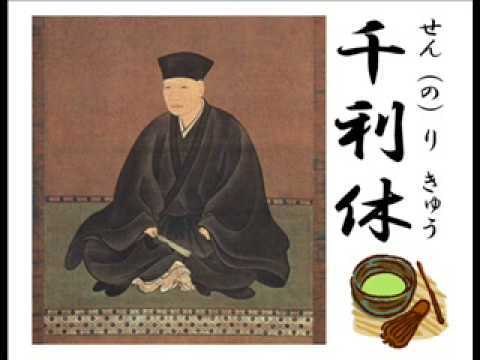懐石料理
こんにちは。
美沙です。
本日は日本の文化を分かりやすく
説明してみましょう。
我々日本人には当たり前のことを
外国の方にどのように
説明をしたらよいのか?方法としては?
等を書いていきます。
今回の記事を読んでいただければ
日本人には当たり前の生活、文化の
説明を優しい単語で説明できるように
なります。
通訳ガイドも出来るでしょう。
地域のボランティア活動にも参加
出来、友達も増えるでしょう。
ですので、1分だけ
私にあなたのお時間をください。
逆に 「後で読もう」「面倒だ」
と、あなたが今この記事を読まなければ、
この先も、1週間後、1年後も
英語の力が伸びないまま
今の状態は変わることなく
益々悪くなる一方でしょう。
たった1分だけでいいですので
これから書く記事を
読み進めていただけたらと思います。
それでは書いていきますね。
今回は「懐石料理」の説明を例に
どう分かりやすく説明していけるか?
を探ります。
それでは英語力をアップするために
今回の記事の内容を最も効率的に
体得していただく為の具体的なステップを
書いていきます。
【ステップ1】
声に出して読む。
【ステップ2】
赤い文字の単語フレーズを
ノートに書き出し覚える。
【ステップ3】
日頃から日本文化の説明に
興味を持ち、本を読んだり
ネットで調べたることが面白く
なってくればシメタもの!
Yahoo、Youtube は大変参考になります。
英語版もありますので外国のお友達も
すでに見ているかもしれませんね。
説明が出来るような英語力を得るために
上記の内容を是非実践してくださいね。
Nowadays, on Yahoo animation, we can see many
beautiful pictures and explanations of Kaiseki-cuisine.
According to 「日本の文化キーワード辞典」
(The dictionary of key-wards of Japanese culture)
Kaiseki-ryouri is explained as follows;
「Kaiseki-ryouri(Tea lunch)
Kaiseki refer to a heated stone
that a Zen priest holds to warm the chest.
☆ refer to ~:~に関連している
Just as small stone can not sufficiently
warm the body, neither can this cuisine,
suffficiently satisfy an empty stomach,
with its small amount of food.
☆ small amount of ~:~の少量
千利休(Sen-no-Rikyu ) started Kaiseki-ryouri
during the Azuti momoyama period.(1573-1603)
It is mainly the simple meal that the host of chanoyu
gathering serves to the guests before
a ceremonial tea and is known as cha-kaiseki (茶懐石)
The art of the tea ceremony,based on
the spirit of Zen Buddhism, aim at simplicity,wabi,sabi.
☆ aim at ~:~をねらう
☆ ”wabi”は "something smple",
"Beauty within simplicity"のように説明できます。
☆ ”sabi” も"the beauty from serenity (静謐)
comes with age."と説明出来ます。
Accordingly,the cuisine also excludes meat
and centers on vegetable diet.
☆ center on~:~に集中する
However,the Kaiseki ryori served at resaurants
is removed from the spirit of Buddhism and ,
☆ be removed from ~:~隔たった
instead of simplicity,only appears to have a rivalry
of flavors (料亭間の味の競い合い) all the time.」
This multi-course cuisines served at restarants ,
prepared from fresh seasonal ingredients
reflects the bounty ( 恵) of the seasons,
and celebrates every nuance of shifting season.
A : I learn a lot.
これから、「日本の文化を説明しよう!」ブログを
書いていきます。
それでは最後に今日の記事を
読んでいただきまして
少しでもお役に立てましたら
今すぐ『いいね』ボタンを押してください。
それでは今日はこの辺で。
最後までお読みいただきまして
ありがとうございます。
明日からの記事も楽しみにしていてください。

